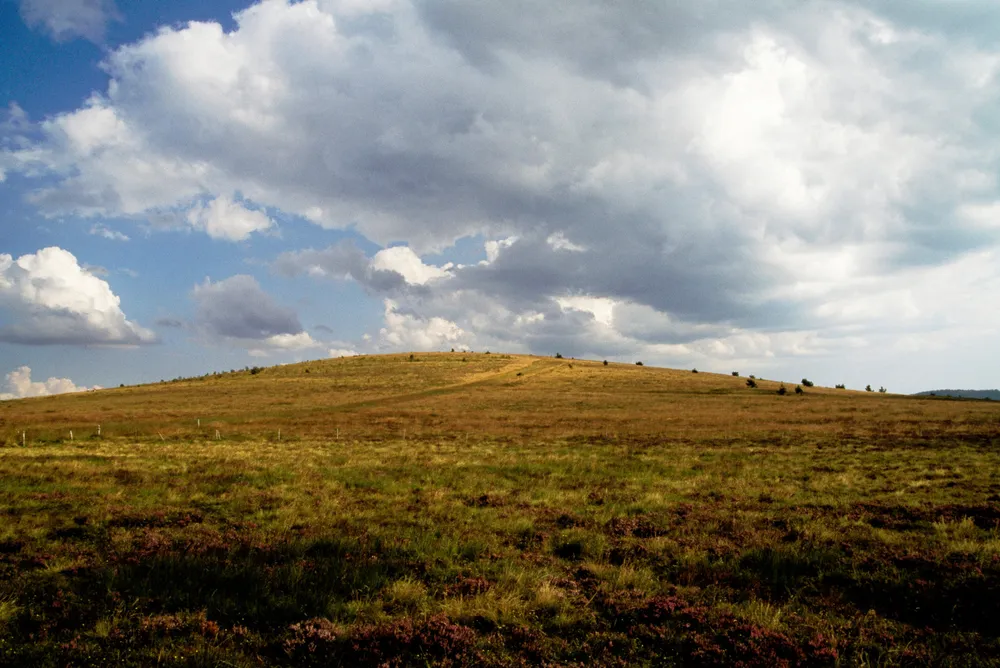'Everything is speculative' | A boom in applications for natural hydrogen exploration in France is more about policy than reserves
Naturally occurring H2 worldwide could meet anywhere from a quarter to five times of global demand based on estimates, but actual resources are yet to be proven
